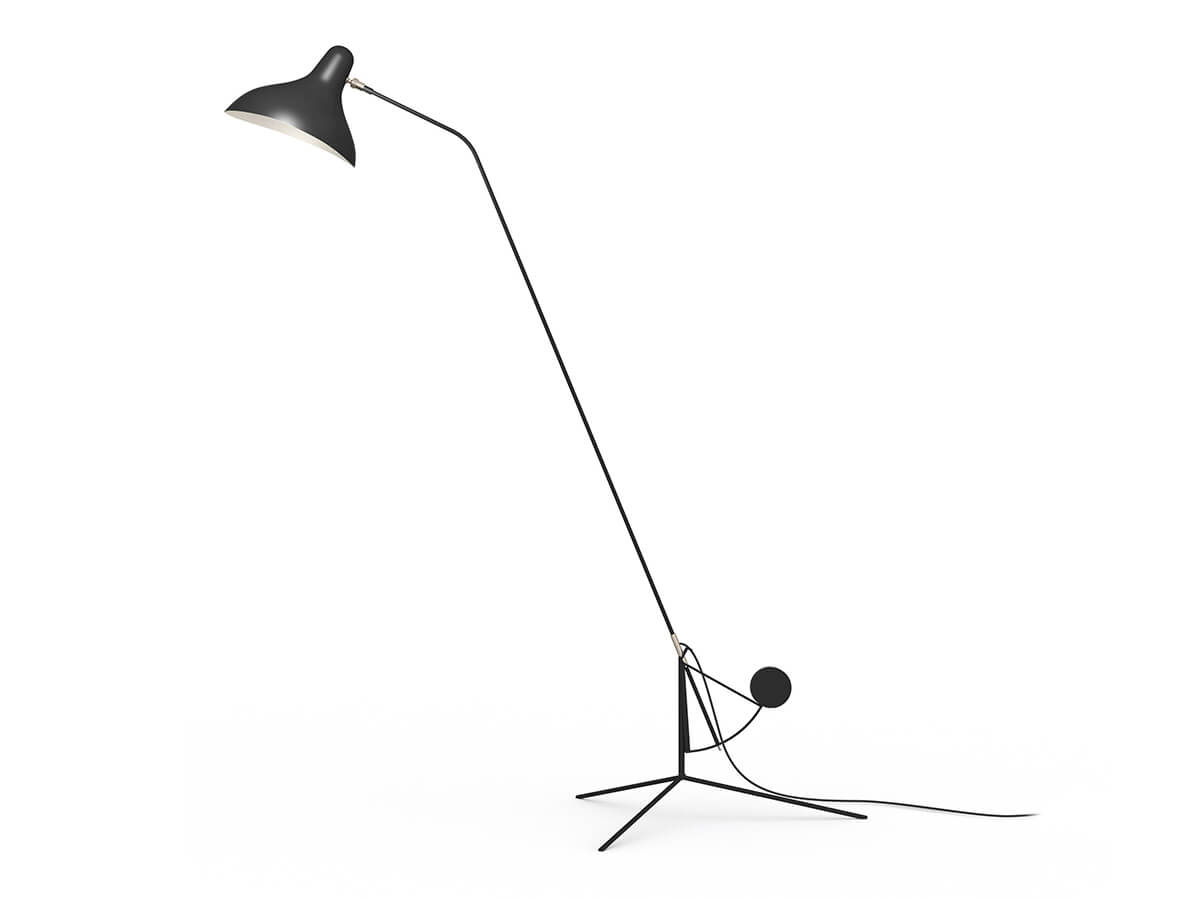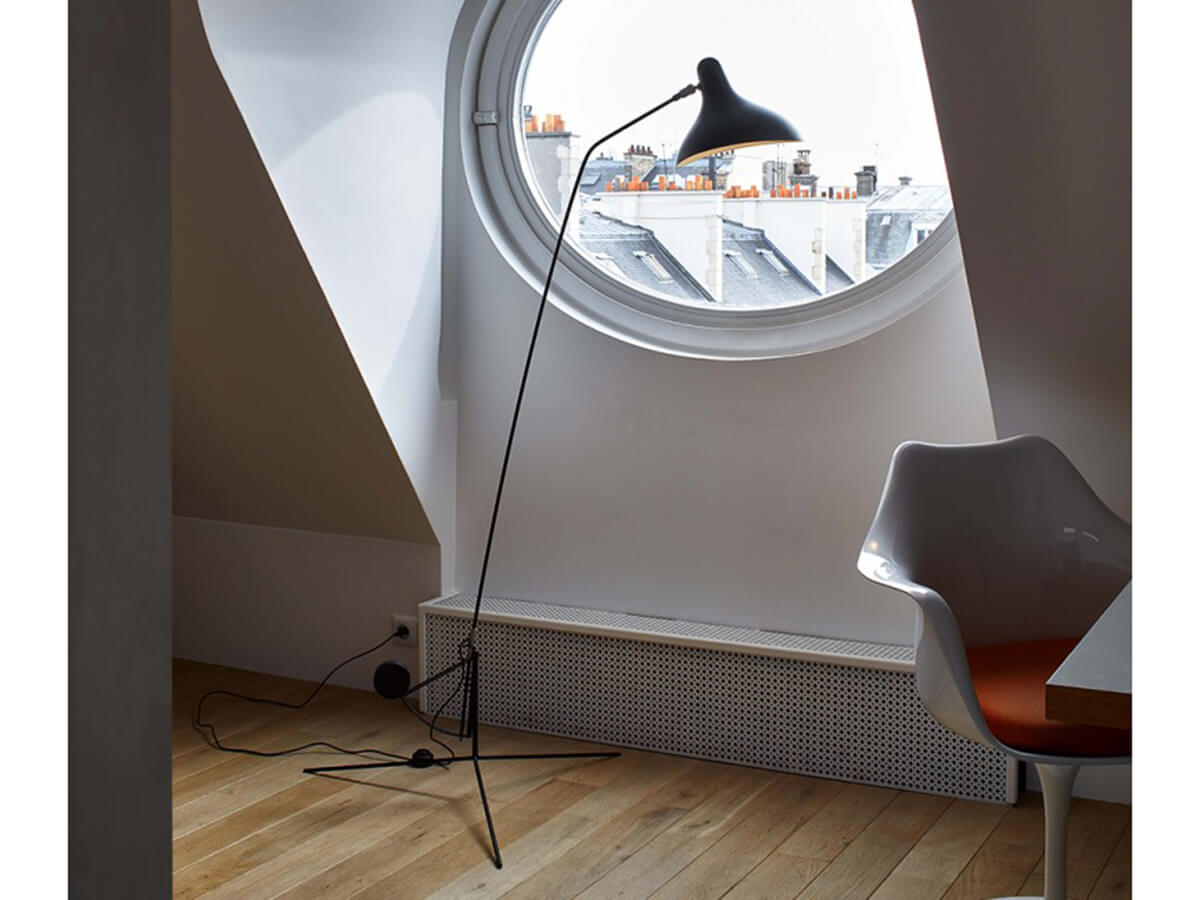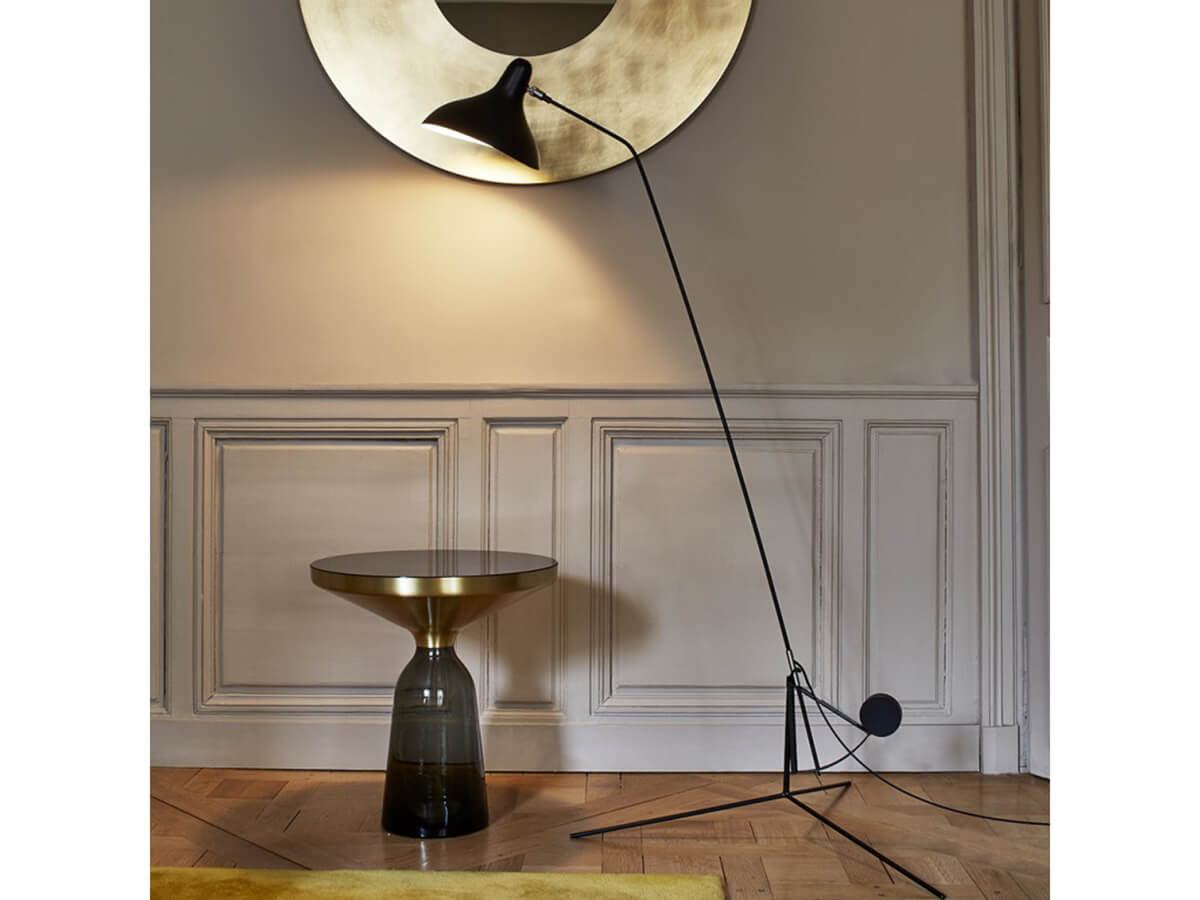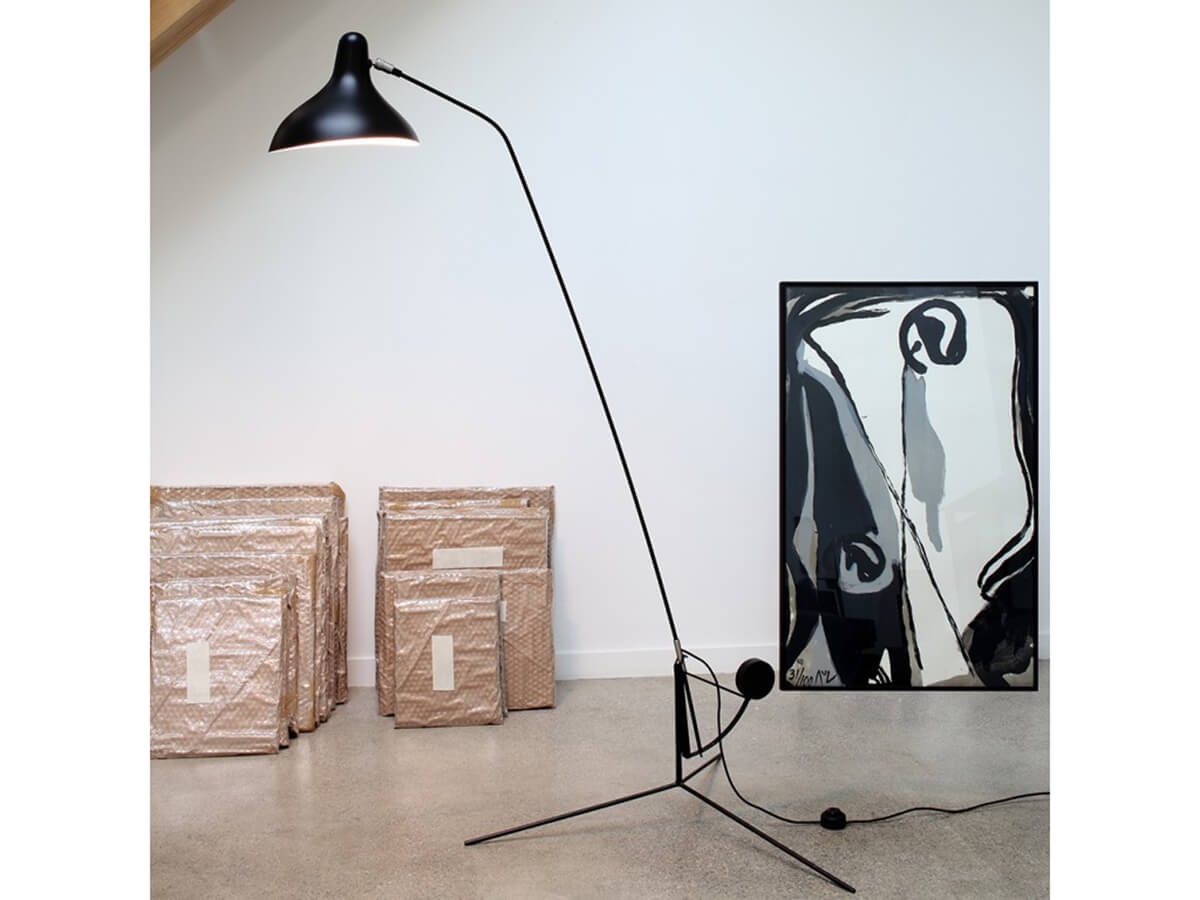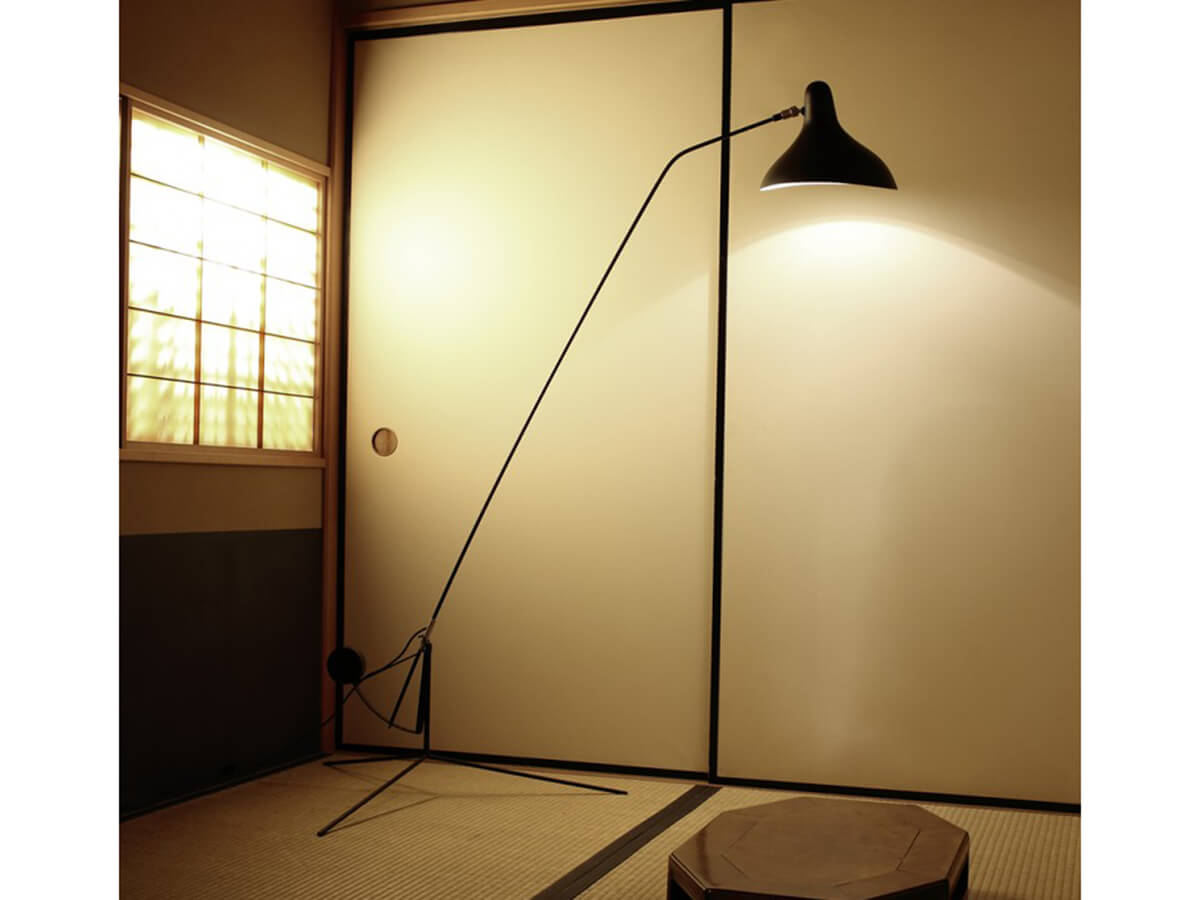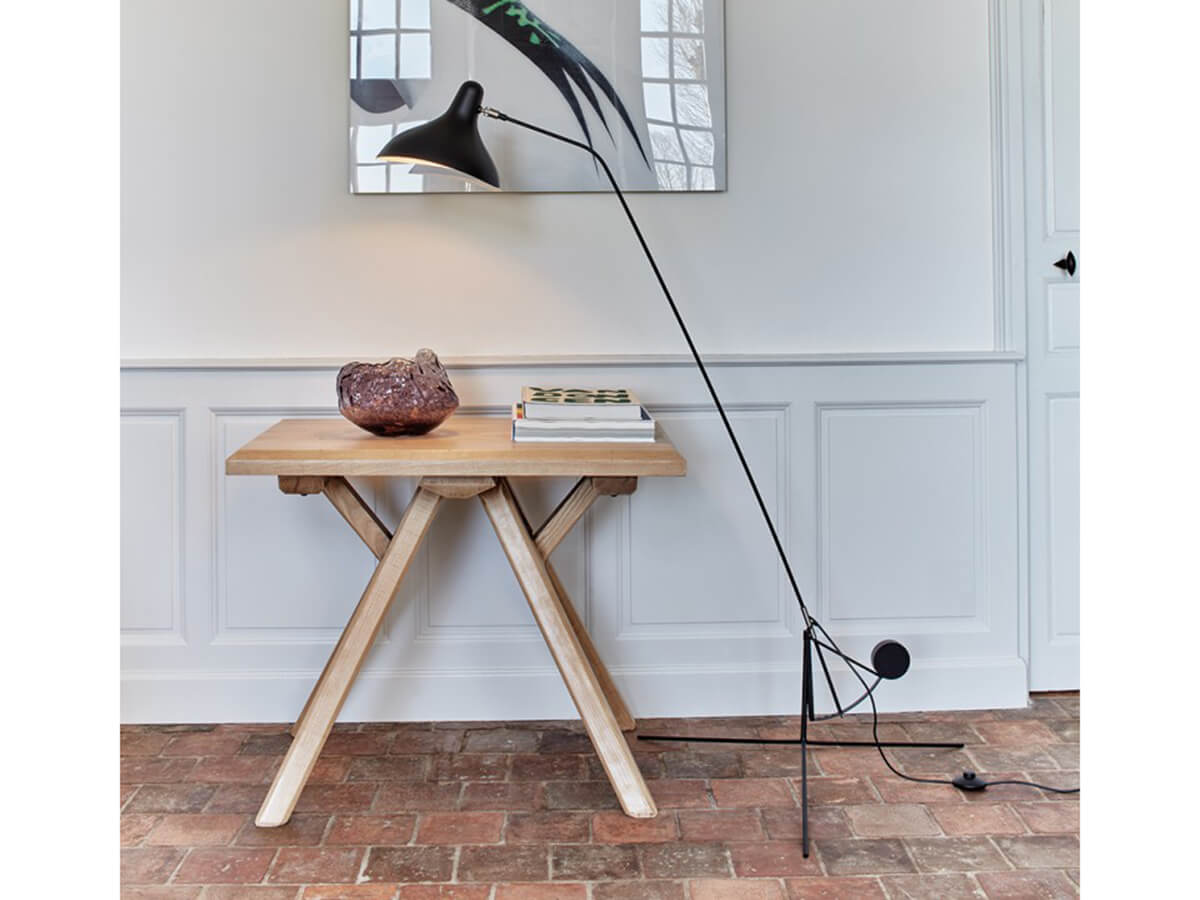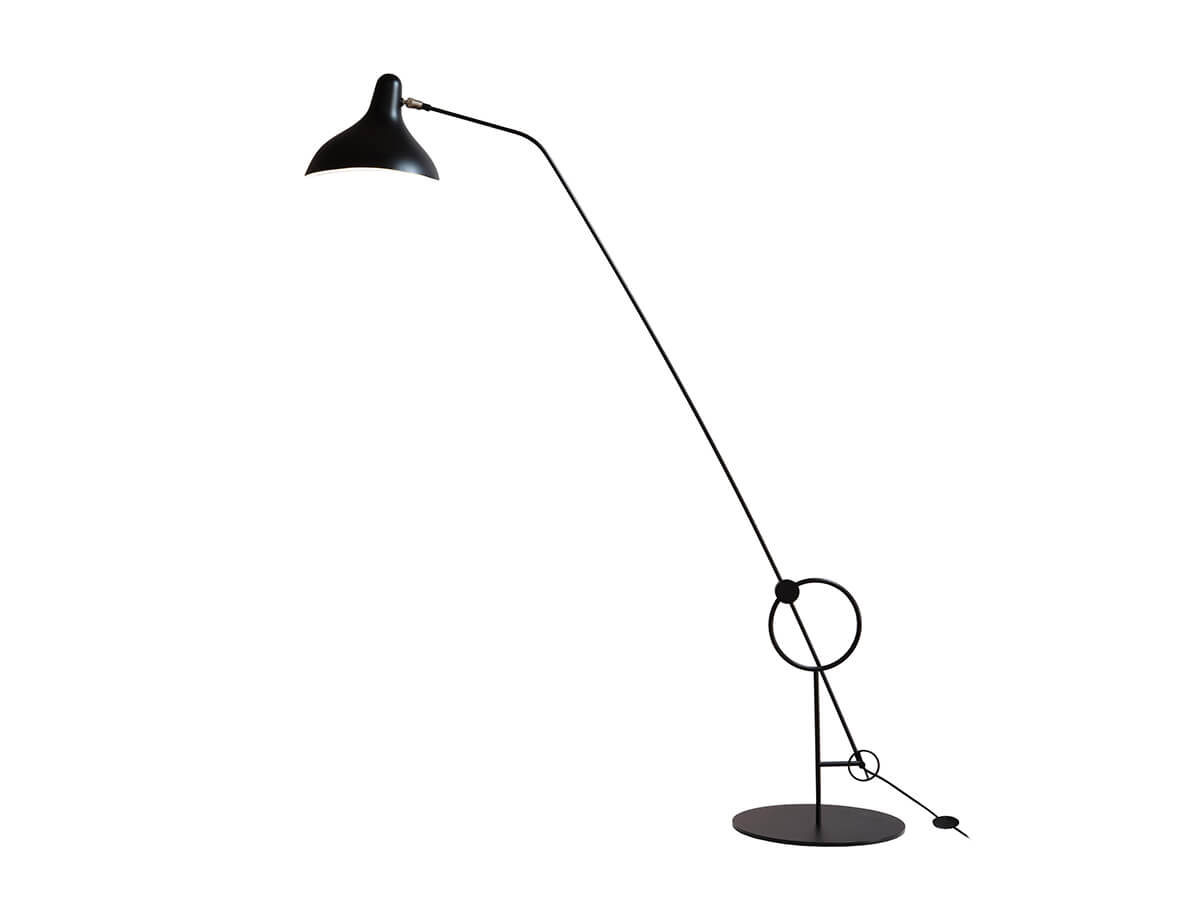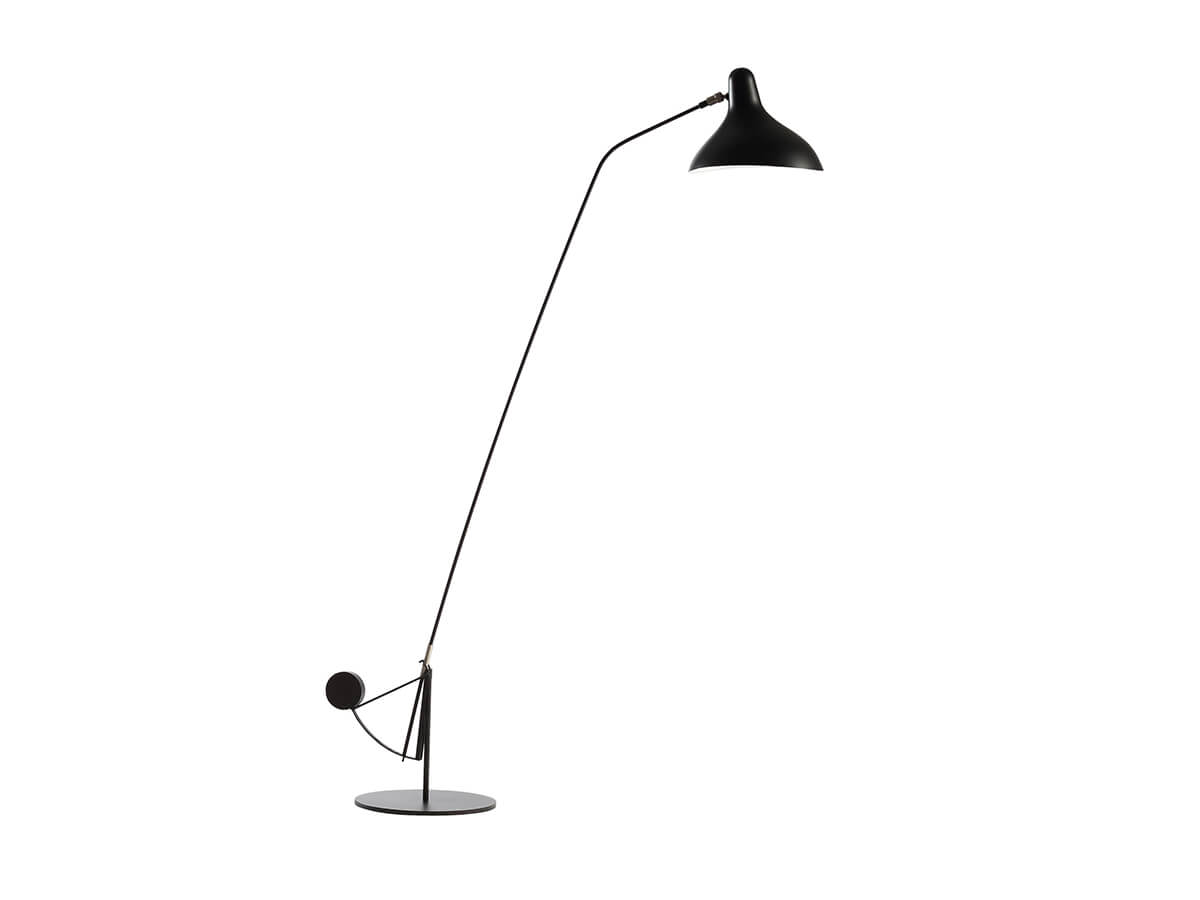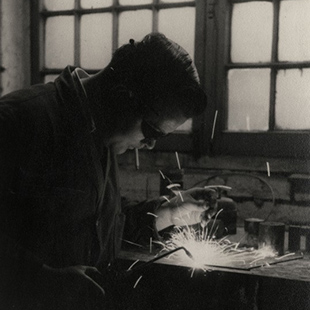DCW Editions
Mantis Floor Lamp
BS1
Price € 1.164,00
A simple and expressive floor lamp, ideal for those who want to furnish with taste and discretion. Mantis reflects an exquisitely modern and international taste in preferring thin and supple shapes that fit well in multipurpose environments. The body is made of nickel and includes the base, arm and counterweight. It connects to a refined black satin aluminum reflector that complements the overall figure. Despite having been designed in 1951, Mantis retains a unique relevance of its kind and can be placed both in living environments and in studios or offices. Ideal for those looking for transversal luminous furniture.
L. 74 cm x H. Min.155 - Max 170 cm
Salvioni Design Solutions delivers all around the world. The assembly service is also available by our teams of specialized workers.
Each product is tailor-made for the personal taste and indications of the customer in a customized finish and that is why the production time may vary according to the chosen product.
To discover the full range of services available, visit our delivery page.
Suggested versions (3)
Select
Select
Select
DCW Editions is a company that was founded in 2008 with the idea of producing high quality lighting and home furniture extrapolated from the famous creations of international designers. The first and most famous creation of the company, later declined several times in different types, is the Gras lamp by Bernard-Albin Gras, inventor of what is now considered one of the first examples of modern lighting. The second creation, but not least, is the Surpil chair by Julien Porche, an example of elegance and style to which the company has always paid great attention, adapting each work to a more than current style and canons of modernity.Read more
Designed by
Bernard Schottlander
Bernard Schottlander (1924-1999) was a British artist and designer of German origins. Born in Mainz, in 1939 he was forced to take refuge in England to escape the Nazi regime and spent the war years there working as a welder in a factory, thus developing a familiarity with metallic materials that would accompany him throughout his life. Schottlander later studied sculpture in Leeds and London, specializing in monumental metal sculptures for open spaces, abstract creations in search of new geometric forms and rich dynamism. Throughout the 1950s he combined his work as a sculptor and as a designer, for which he is mainly remembered today. In particular, his lamps from the Mantis series (1951) were very successful, inspired by the play of unstable balances at the basis of Alexander Calder's art and now re-proposed by the French brand DCW éditions.Read more
